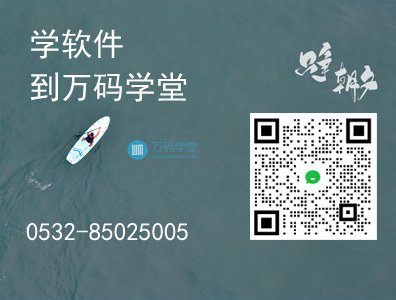假设手机屏幕上有一个button。我们去点击了一下,然后button做出了相应的反应,那么这个过程其实这样的,当手机点击到屏幕时,TP(Touch panel)传感器的数据发生了变化。数据经过驱动的处理(其实用示波器来看传感器数据,这个数据肯定不可能那么规整),然后数据依次传递到内核,framwork,然后再传递相应的app的当前Activity中。我们说android中View的事件分发,其实指的就是在此之后的过程。当手指接触屏幕所产生的反应,我们称之为事件(MotionEvent).
当然MotionEvent 实际上也可以细分为很多种,典型的有以下几种。
ACTION_DOWN: 手指刚刚接触到屏幕。ACTION_MOVE:手指在屏幕上滑动。延伸阅读
- ssh框架 2016-09-30
- 阿里移动安全 [无线安全]玩转无线电——不安全的蓝牙锁 2017-07-26
- 消息队列NetMQ 原理分析4-Socket、Session、Option和Pipe 2024-03-26
- Selective Search for Object Recognition 论文笔记【图片目标分割】 2017-07-26
- 词向量-LRWE模型-更好地识别反义词同义词 2017-07-26
- 从栈不平衡问题 理解 calling convention 2017-07-26
- php imagemagick 处理 图片剪切、压缩、合并、插入文本、背景色透明 2017-07-26
- Swift实现JSON转Model - HandyJSON使用讲解 2017-07-26
- 阿里移动安全 Android端恶意锁屏勒索应用分析 2017-07-26
- 集合结合数据结构来看看(二) 2017-07-26
 学习是年轻人改变自己的最好方式
学习是年轻人改变自己的最好方式